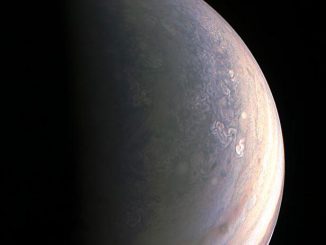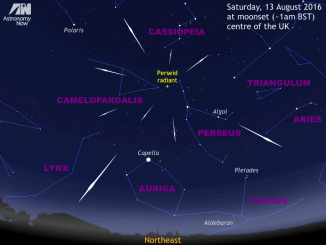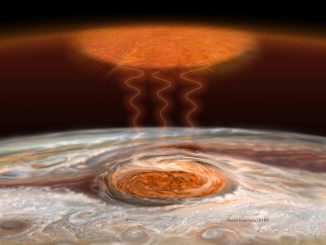
Origin of minor planets’ rings revealed
Chariklo is the largest confirmed centaur, a minor planet orbiting the Sun between Saturn and Uranus. In 2014, two rings were discovered around Chariklo. Soon after, scientists discovered that rings likely exist around another centaur, Chiron, but the origin of these rings remained a mystery — until now.









